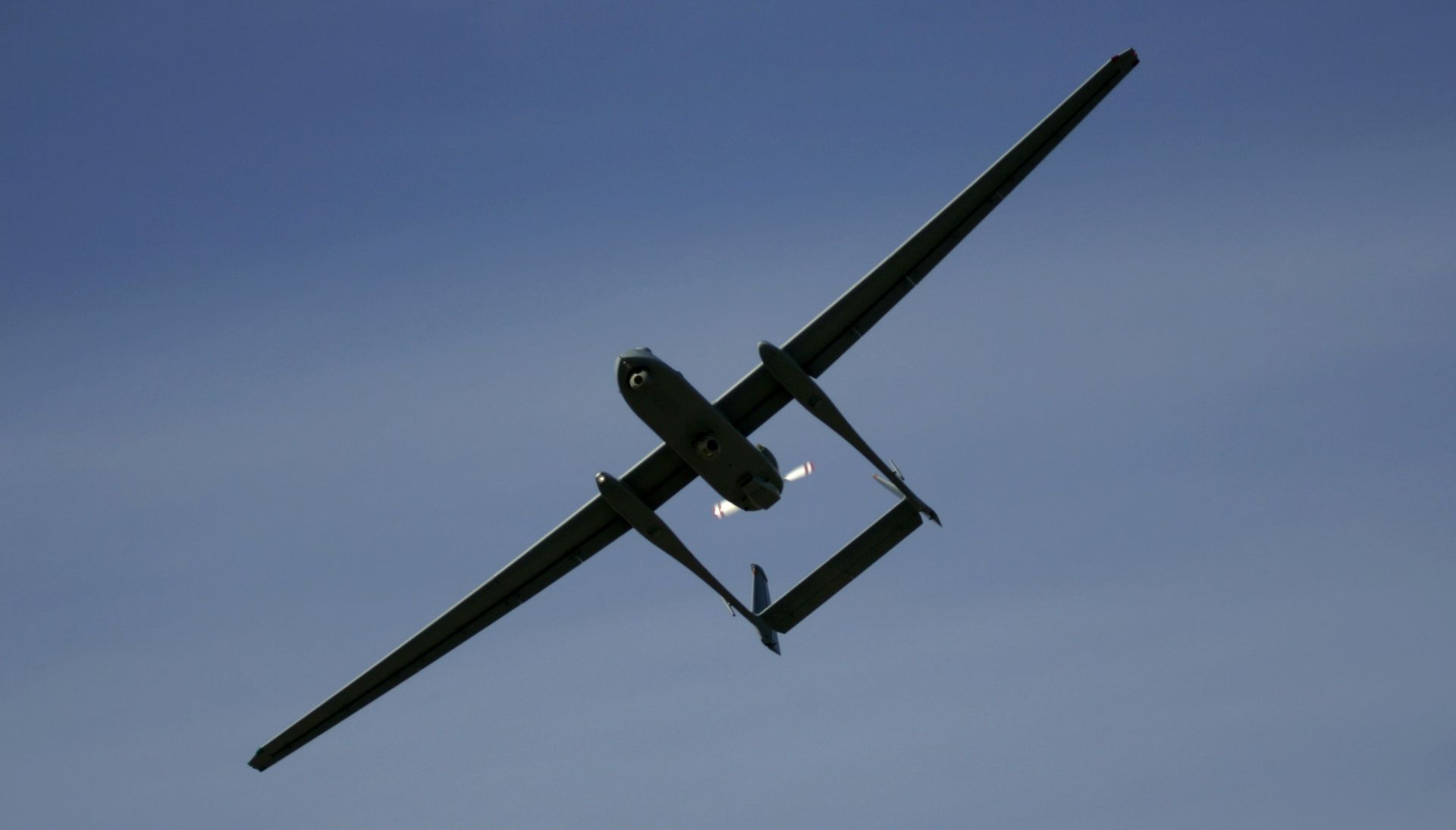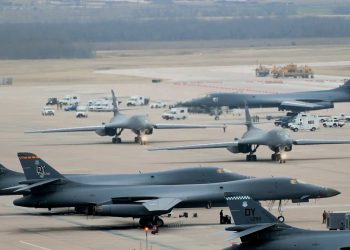US Air Force Office of Scientific Research, ARLINGTON: A Brigham Young University team of scientists and engineers, funded by the Air Force Office of Scientific Research here, has recently demonstrated increased consensus capabilities among unmanned air vehicles.
“This research on cooperative control involves developing methods to enable multiple UAVs to coordinate with one another,” said Professor Tim McLain, one of the research team co-leads. “We want to figure out how to coordinate the activities of a team of UAVs to accomplish the overall objectives of the team in a way that is optimal for the team as a whole.”
On the road to accomplishing their research goals the team has had many successes. “We've developed and demonstrated cooperative timing methods that would enable simultaneous strike-type execution by UAVs,” Professor McLain said.
In one experiment the team conducted simultaneous arrival flight tests involving three UAVs. The team was able to coordinate the UAVs' arrival over a target location to within fractions of a second.
Another flight test demonstrated a successful UAV coordination, even in the presence of inconsistent information. The researchers conducted a successful perimeter tracking exercise where the changing perimeter emulated the growth of a forest fire. The exercise involved a team of UAVs coordinating their efforts to divide the changing perimeter equally among the UAVs. This technology has application to Air Force missions such as monitoring the perimeter of an enemy stronghold.
One of the team's most exciting research developments is in an area that Professor McLain refers to as “corridor-following methods.” Using miniature optic-flow sensors, these methods allow small UAVs to navigate through complex terrains like canyons and city environments.
“Maneuvering small UAVs in urban terrain will require local proximity sensors to detect the buildings and other obstacles,” said Professor Beard, research team co-lead. “The optical flow sensor that we have developed under AFOSR support play the same role for small UAVs that ultrasonic sensors play for mobile robots.”
In addition to having potential benefits to a variety of military applications, Professors McLain and Beard said their research will contribute to civil and commercial applications such as forest fire monitoring, law enforcement surveillance and border patrol.
Beijing slams US over potential Chinese drone ban
China said on Friday it would take "all necessary measures" in response to the United States announcing it was considering...









